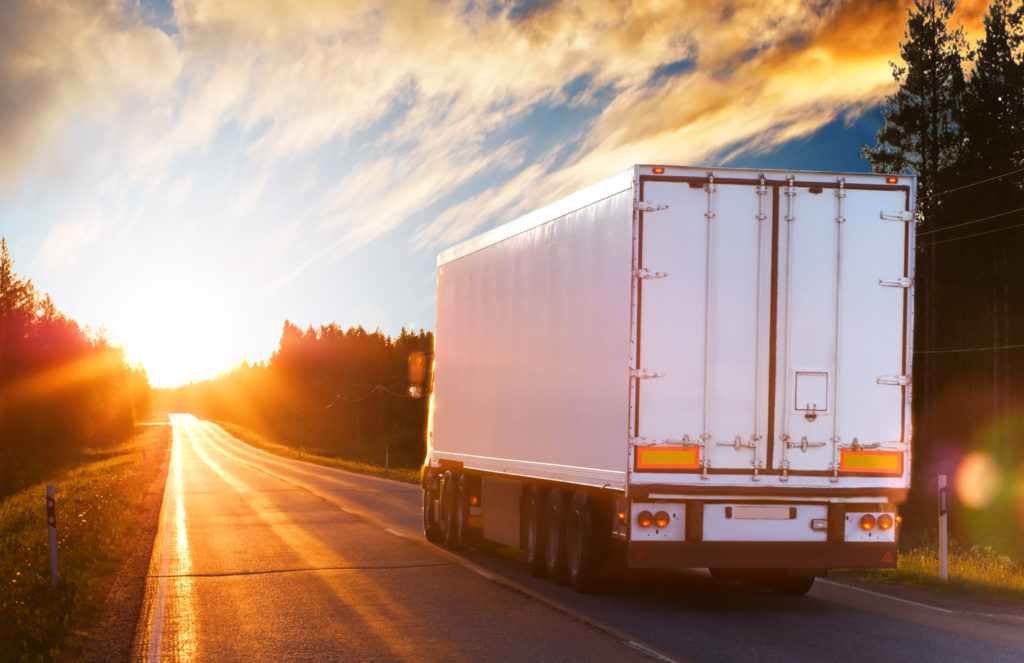One of the most important parts of shipment and shipping alike is the final mile, which considers the last part of the transportation. It features a lot of services that come together to form the last leg of the journey.
When we consider shipment of goods, the transportation, and the complete chain of supply one critical part is the destination. The end customer is depending on this service to get the needed good. This is true as a large majority of the moved goods are a result of online shopping, e-commerce, and other deliverable merchandise.
Challenges Faced
Dealing with any part of delivery requires attention. This is because there are a lot of parts in motion. Some shipments come from overseas, others are local, either way, there is a whole train of events that need to be aligned for a successful delivery.
Moving goods has its own set of challenges as each customer is different and the services provided are relevant to each business. This means that delivery expectations will vary and depending on this a great deal of customization can be done
Types of Goods
Moving goods can be a challenge that is passed by understanding the nature of the product and how to tackle critical aspects. Looking at the two main categories of goods we can see:
- Light goods – These are commonly moved by the US Postal Service or companies like DHL, UPS, and FedEx. They meet a weight limitation that does not go above 150 pounds.
- Heavy goods – Products with size and weight that require special handling. This can be done via specialized vehicles, carriers and with the implication of more than one team. Some examples are furniture, cabinets, windows, fitness equipment, and healthcare equipment. To move these for the last part, the final mile, carriers will use trucks, other large equipment, and a more complex logistic assembly.
Differences in Delivery
Premium logistics are a part of the process when delivering, it is the best way to ensure the quality of service. Critical aspects always need to be considered and the equation resulting from time, money, and resources is a tough one to solve.
There are also differences and the most notable ones are:
- Ring and Run – These are most suitable for light goods as it needs no attendance from the end customer. It is usually handled by parcel delivery companies. They will leave the package at the front door, give out a message or ring the doorbell and leave.
- White Glove – It is common for heavier goods to be shipped this way as it also requires a level of attendance. Such a service will include a shipper or a team based on the volume of the goods. There are also tracking services available which inform on the status of the goods. Another part included in the after-delivery customer orientation, removal of debris or used products.

